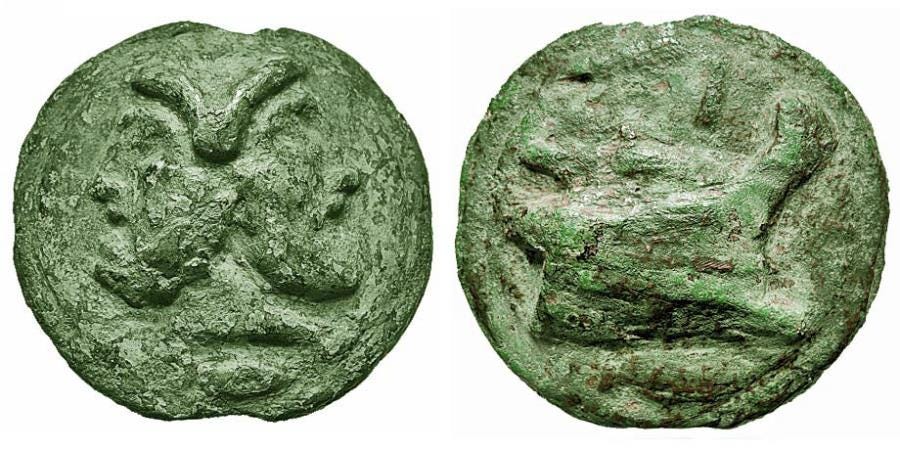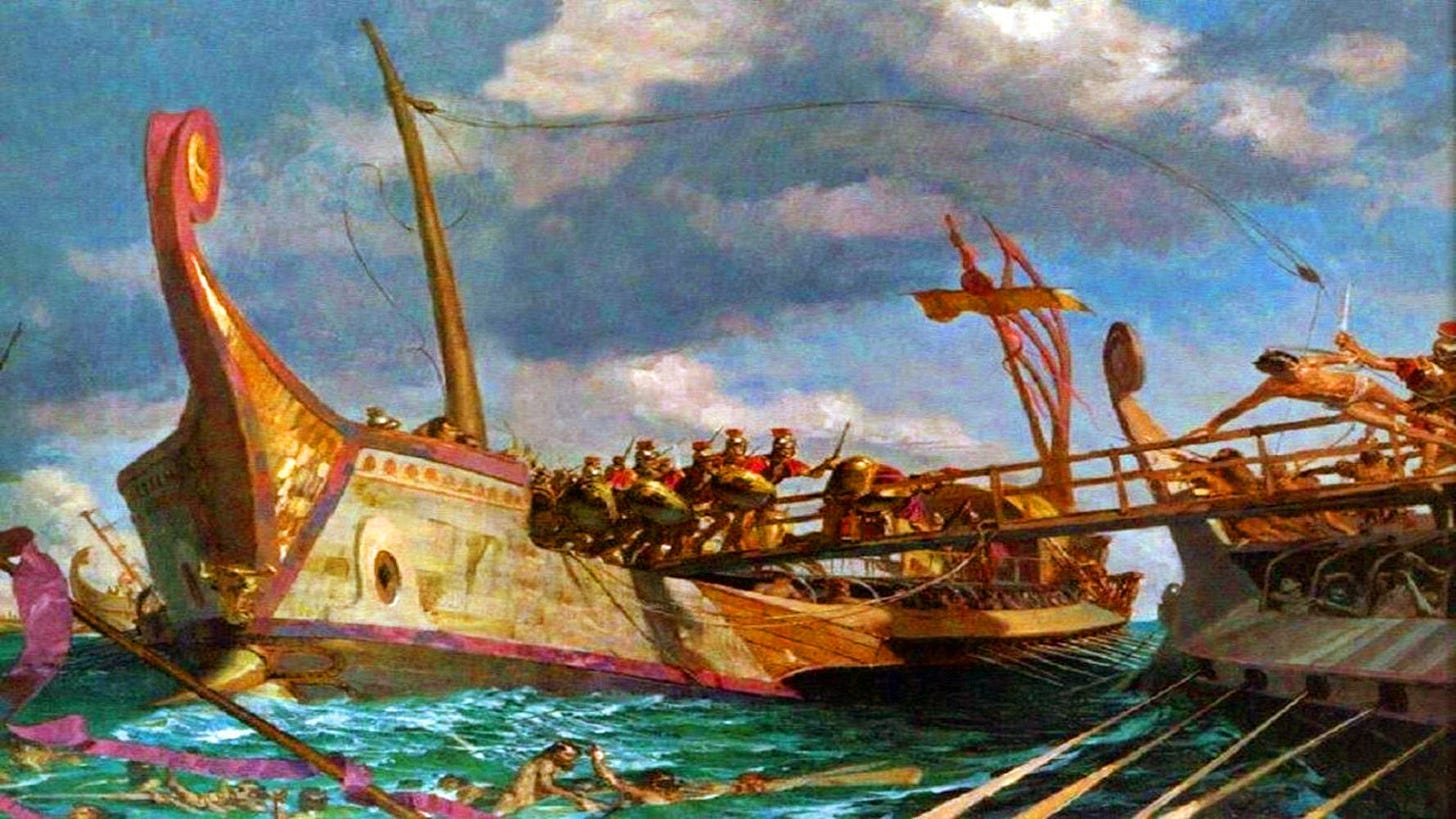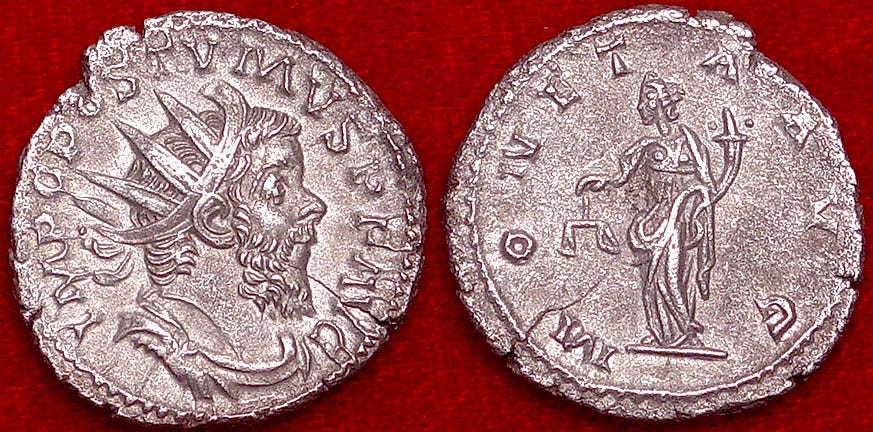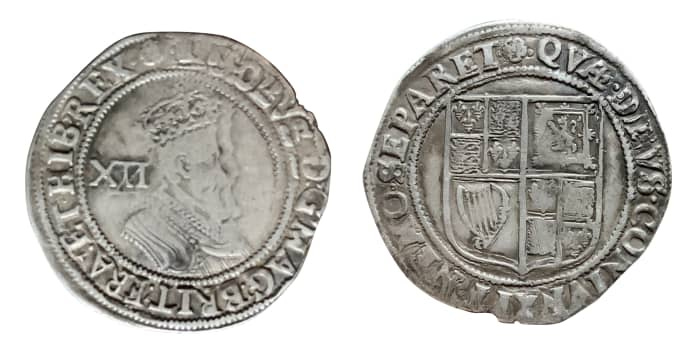Hello!
I hope your week has been a good one.
Here in Yorkshire, I’ve been fighting a cold: even though I’m not teaching this term, my partner seems to have managed a dose of Freshers’ Flu. Autumn has arrived and I’m pretty sure the sun never rose on Wednesday.
Still, it has been a fun week for reading, with different projects taking me all the way from the funding of the Roman army in the first and second centuries (on which more in the coming months), through the economic constraints of the medieval Mediterranean to the art historical theories of Aby Warburg (1866-1929), whose work focussed on the revival of ancient (i.e. Greek and Roman) forms in early modern art and whose work continues to inspire discussion about the repetition, modification and reuse of images.

It has also given me an excuse to re-read Ovid, which is always a joy. Ovid was a Latin-language poet, writing in the Roman Empire. He was born in 43 BCE and died in 17 or 18 CE and was famous in his own lifetime and forever after mainly as a love poet. (Shakespeare was a huge Ovid fan and both writers shared a fascination with people not looking like who they were meant to be or being mistaken for other (kinds of) people.)
If I had to come up with a list for one of those ‘who would you most want to have dinner with?’ parties, Ovid would probably be on mine. He comes across in his works as witty and sharp but also fond of the absurdities that make us human. He also seems to have had more than a passing interest in stuff.
Take, for example, this passage, from chapter 1 of his Fasti, a series of verse interviews with different Roman deities, who handily explain the origins and meaning of Roman traditional festivals:
I spoke these words to the god who holds the key.
‘Indeed I’ve learned much: but why is there a ship’s figure
On one side of the copper as, a twin shape on the other?’
‘You might have recognised me in the double-image’,
He said, ‘if length of days had not worn the coin away.
The reason for the ship is that the god of the sickle
Wandering the globe, by ship, reached the Tuscan river.1
Some unpacking: the god in this passage is the first in Ovid’s journalistic line-up, Janus, who describes himself as the first of the gods, originating in chaos. Janus had two faces, one looking behind and one in front and was a god of beginnings and endings and frontiers and doorways, hence the reference to the key.
The as was a low-value coin in the Roman monetary system of the late centuries BCE and the early centuries CE and would have been well-known to any reader of the poem:

Just in case that image doesn’t immediately look like a ship to you, here is a reconstructed impression of a Roman ship, facing in the opposite direction, but that curved shape on the front, facing left in the picture, is the part facing right on the coin:

Turning back to the poem, the god of the sickle is Saturn, the god of time (among other things - Roman deities were effective multi-taskers). The Tuscan river is a reference to the River Arno which, after the Tiber through Rome itself, was the most important river in the early Roman kingdom (before they expanded and took over lots and lots of important rivers all over Europe, Africa and Asia).
There is a lot of explanation packed into this bit of the poem. Janus explains to Ovid in a few lines:
why people are meant to give him gifts of money at the start of the new year (more on that below);
why a common type of Roman coin looked the way it did;
why the Romans had a special link with the god Saturn (Janus goes on to describe that the term for the Roman heartlands of Latium (modern Lazio, origin of the term Latin) comes from the term ‘latente’, meaning ‘hiding’ because Saturn hid there while being hunted by the other gods.
Like all of the explanations in the Fasti, and indeed, most other ancient, medieval and modern texts providing synoptic explanations for why traditions and everyday things got the way they did, these are a combination of too convenient (latente = Latium? Nah) and weirdly missing chunks of logic.
Okay, Janus, you’re on one side of the coin and Saturn is on the other, but that isn’t really an explanation: it is a description echoed back at the asker and then used to hang some stories on. And that is fine: story time is kind of the point.
But it is pretty rare for writers in the ancient past to talk about what is on coins at all. The fact that he did is one of the reasons Ovid would make it to my dinner party list.
Today, as I already have done, we can clearly identify the kinds of coins Ovid was asking Janus about and compare his description with the original. What if you couldn’t though? Ovid, as I’ve said, remained widely read and famous throughout the next two thousand years of European history.
Roman coins were around for all of that time but it doesn’t seem to have been a hobby to collect or identify them until at least the 16th century and even then it was not really a common hobby until maybe the 18th or 18th century and public museums where you could go and look at Roman coins (assuming you didn’t have a friend who was a collector) were even later - the late 19th or 20th century for many people, especially outside London.
What did people in the centuries in between make of Ovid’s numismatic insights? In an early (16th-century) printed book in the University of Leeds collection we have at least one answer to this question:


Above the relevant page of Ovid’s Fasti, an anonymous early modern reader, along with underlining and commenting on the text, also made up their own version of the coin. He (we assume) gave it a yellow colour, presumably to reflect it being made of copper. He also made it look a lot more like the coins he would have been used to seeing than anything Ovid would have recognised.
The fantasy coin has a Latin legend around both sides, placed within circular borders.
On the obverse it reads JANVS PP DEVS ET REX, or ‘Janus, perpetual god and king’, drawing on later Roman coin inscriptions for emperors (who would usually be referred to as PP AVG, or perpetual Augustus), using the much more common medieval title of Rex (king).
On the reverse it (probably) reads SATVURNVS HOSPITIO EXCIMAVS (or maybe EXCIMAVIS or EXCEMANVS). My partner and I both agree on roughly what this is getting at but not exactly on the lettering and both agree that it cannot grammar in any of the ways it should to mean anything but that is pretty common in 16th-century Latin and this is somebody clearly having a bit of fun.
What it almost certainly means is something like ‘at the lodgings or the most excellent Saturn’ or ‘Saturn’s excellent hospitality’ or, possibly ‘the excellent hospitality for Saturn’ or even, ‘Saturn is the most excellent host’. In the context of the coin celebrating Saturn finding good hospitality in Latium (and in turn being a blessing upon the land, making it good for other people) any of these could make sense. The coin design is clearly responding to the poem.
The images on the coin are also interesting: we’ve already seen what a Roman ship on a coin looks like and it isn’t much like our drawing, which looks a lot more like this:

Janus could often be seen wearing a wreath or maybe a headdress with points on it in Roman images, but he doesn’t look much like our fantasy coin, which instead looks much more like one of these:
Imperial figures with spiky crowns and pointy beards became all the rage on Roman coins in the third century CE, probably because the empire was having a rough time and they looked tougher than those earlier emperors with their laurel wreathes and immaculate barbering. Emperors with square heads, a buzz cut and a two-day beard also make a numismatic appearance around the same time.
So, our 16th- or 17th-century Ovid-loving annotator had probably never seen one of the actual coins the poem is about but probably had seen some old coins. He was also borrowing design elements from even more recent things. Here is a coin of the sort that might have been circulating around the time he was annotating, which has the second, inner ring to close off the inscriptions from the images:
There may have been types of coins in between the 3rd and 9th centuries and the 16th or 17th centuries that used all of these design features. Coin designs tend to be recycled and I’m not suggesting that the ones I’ve chosen are the only possible prototypes. Nevertheless, I don’t personally know of any one coin, or even narrow period of coin design, that could have given the annotator all of the elements of his fantasy. Like Fontcuberta’s image of the homeless man, the coin annotation is a palimpsest, or perhaps a kaleidoscope, using pieces that were once seperate to create something new in order to understand something old.
In this case, we might speculate that our annotator
a) had seen at least some examples of old coins, whether he knew exactly how old they were or not,
b) was trying to make a coin that looked old and possibly even that had Roman-looking features to go with the text of Ovid but did not know exactly which elements were really Roman, which were just old and which were part of his everyday expectation of what a coin ought to look like.
A doodle in a margin unlocks a playful imagining of the past but also reveals how much more we know today because of the careful work of scholars over generations to gather, sort, picture, identify, debate and annotate the materials of the past. Maybe I should invite the annotator to my party instead of Ovid, or perhaps I should invite them both and see what they would make of one another…






